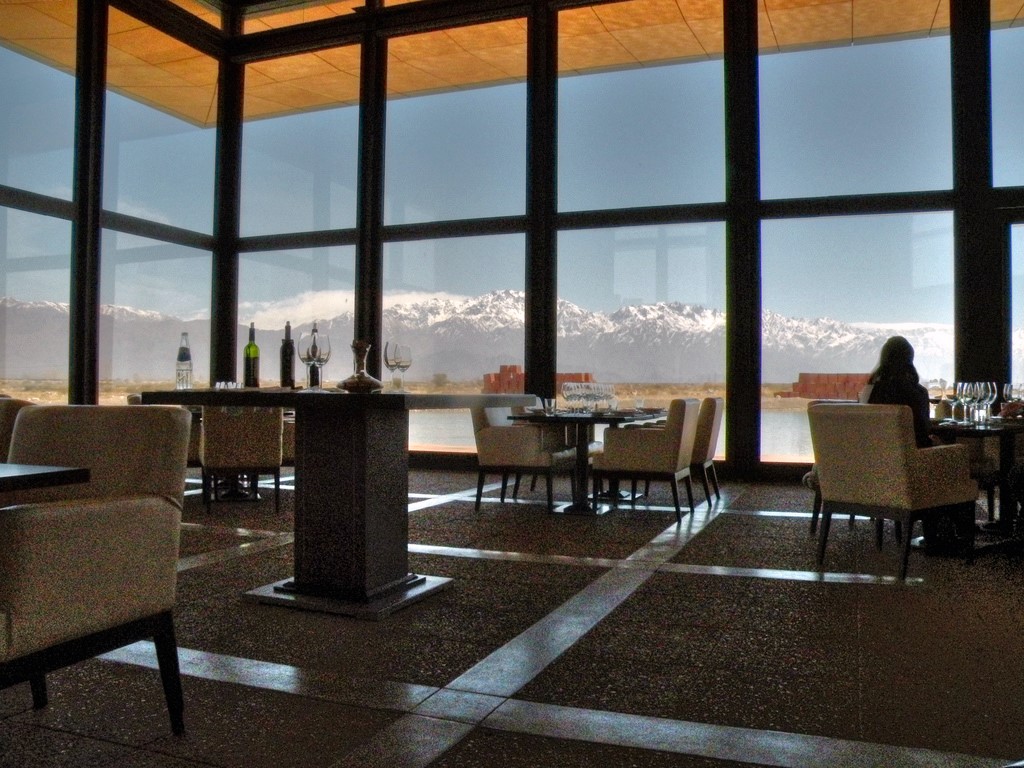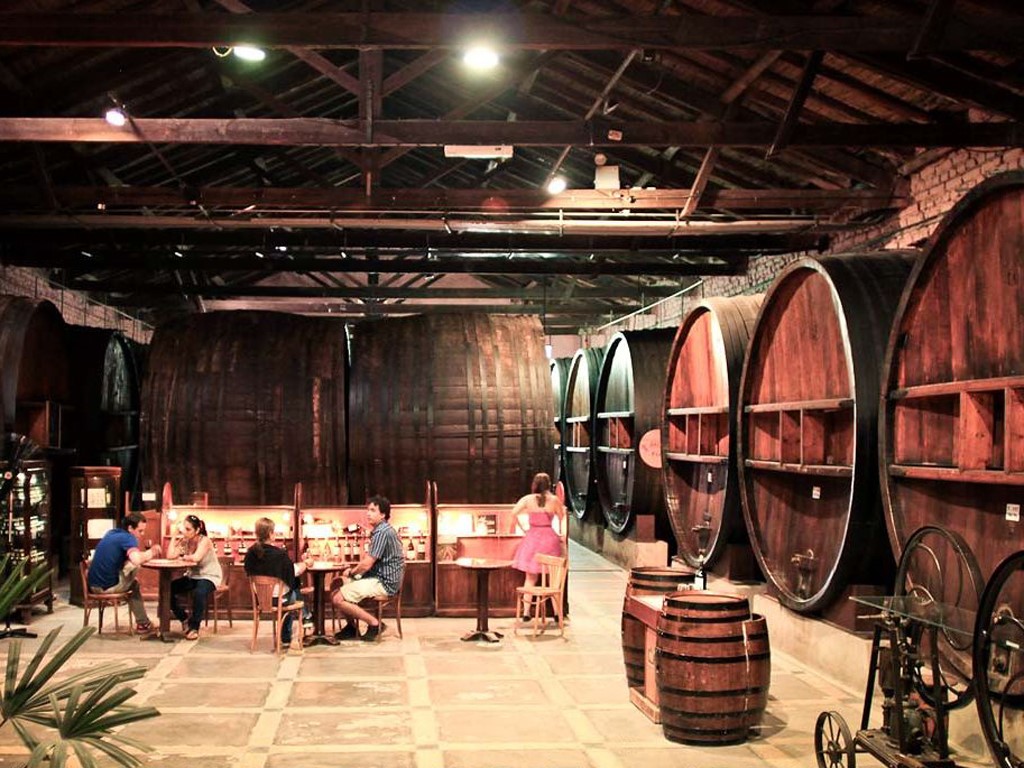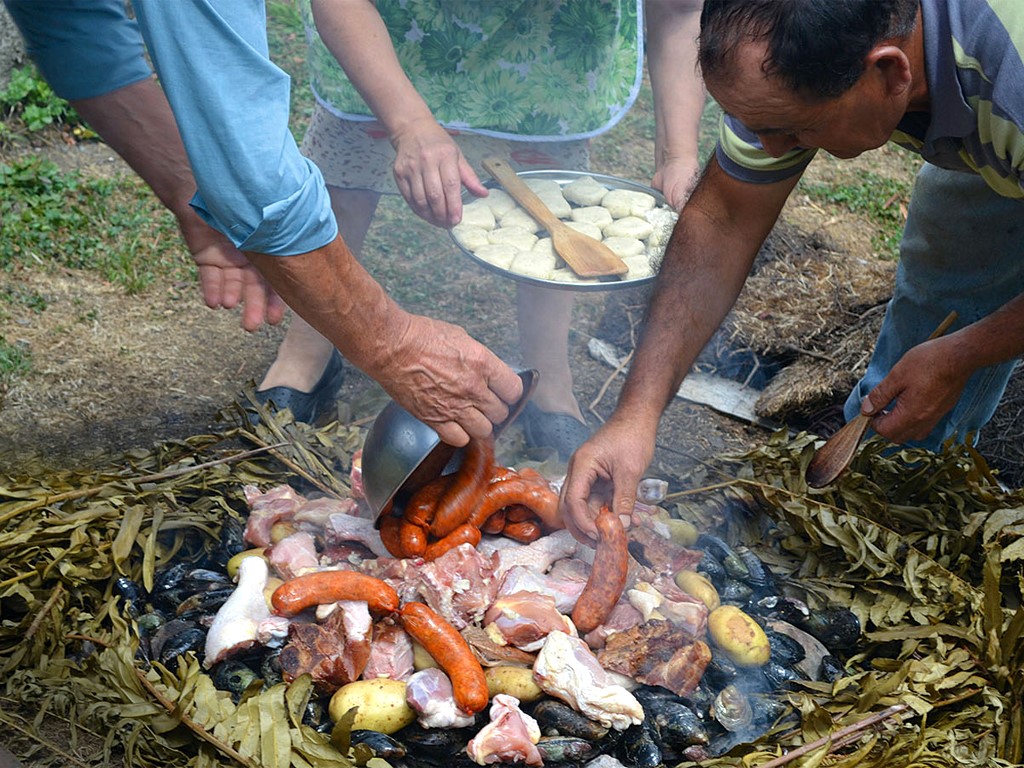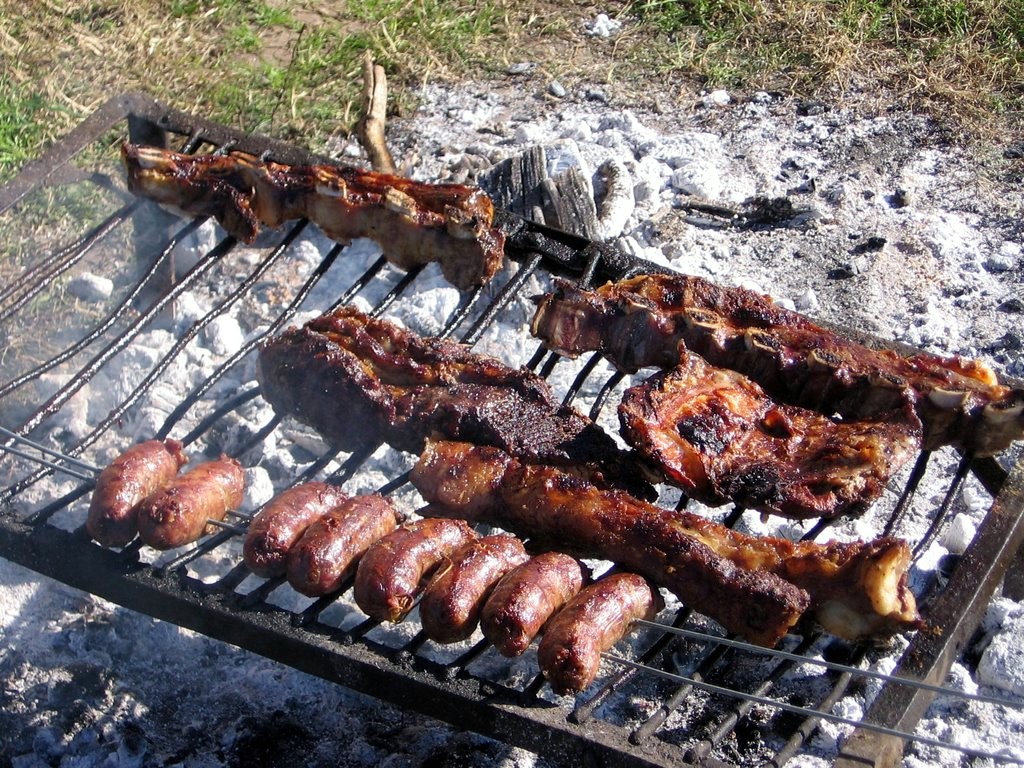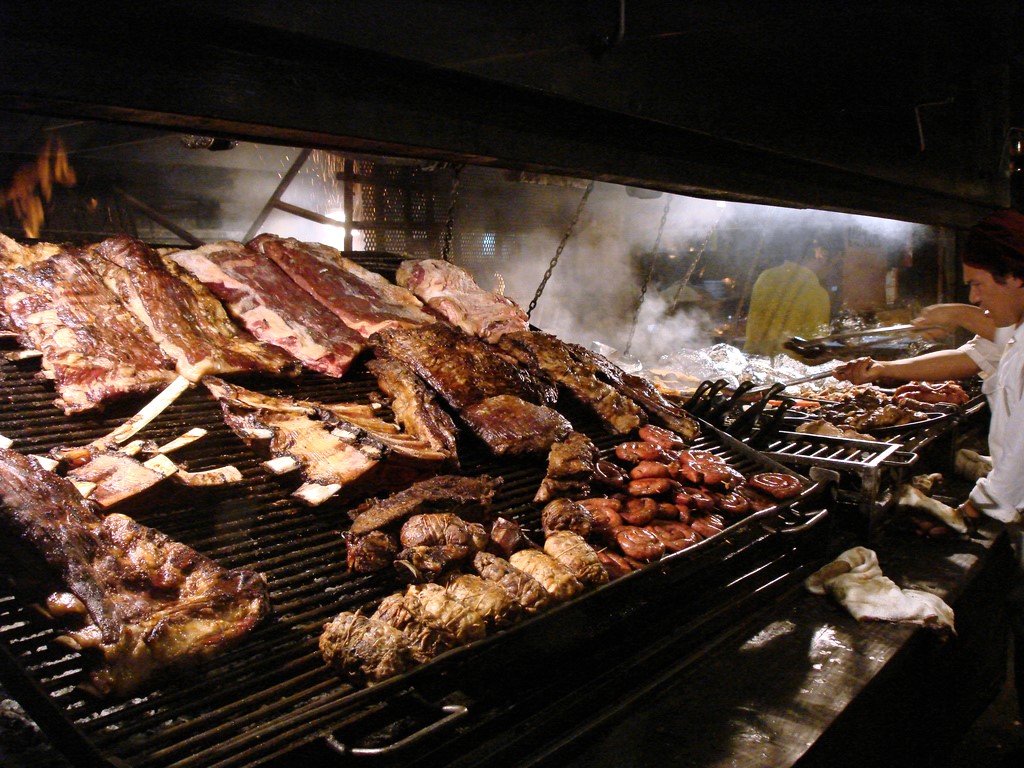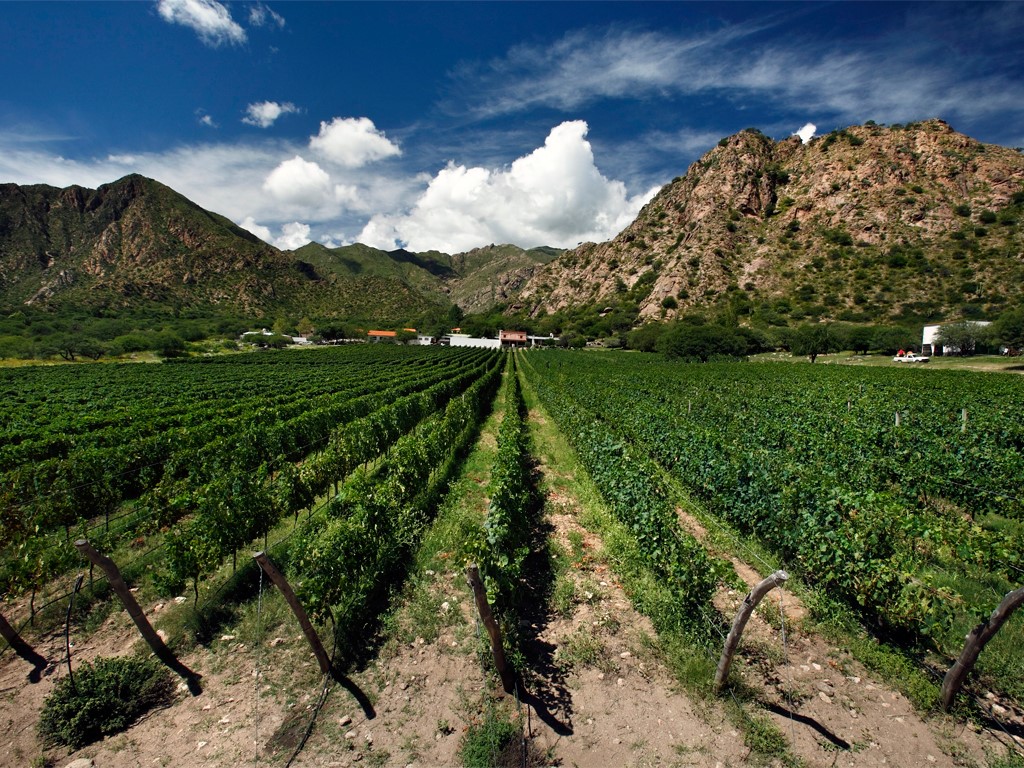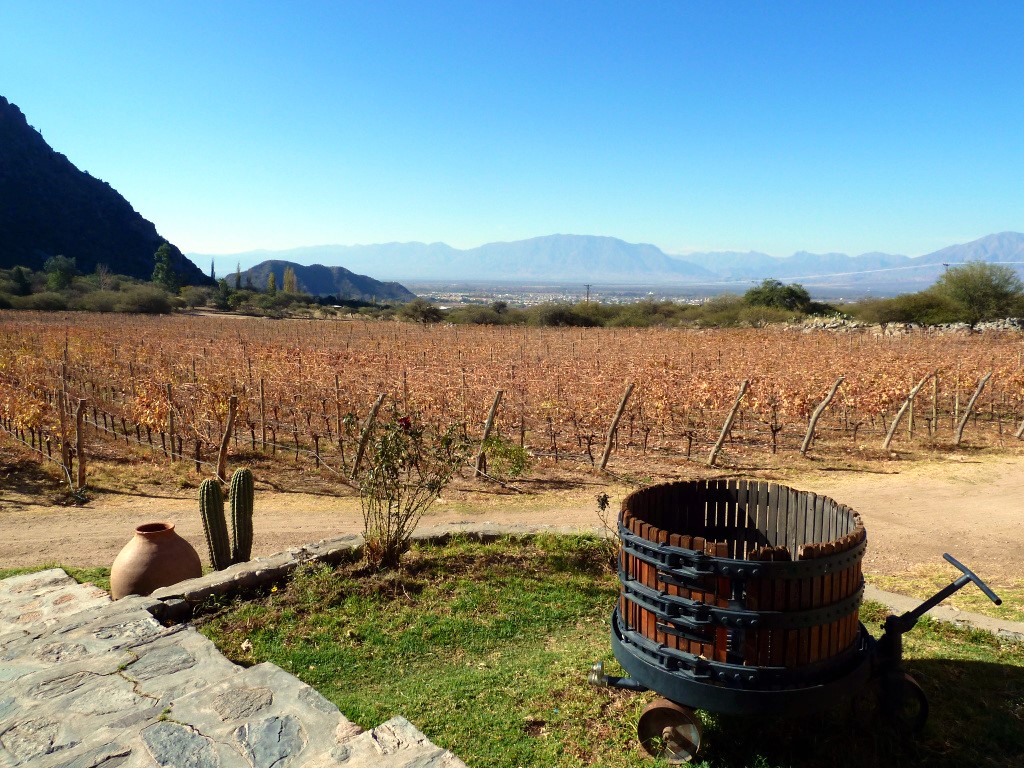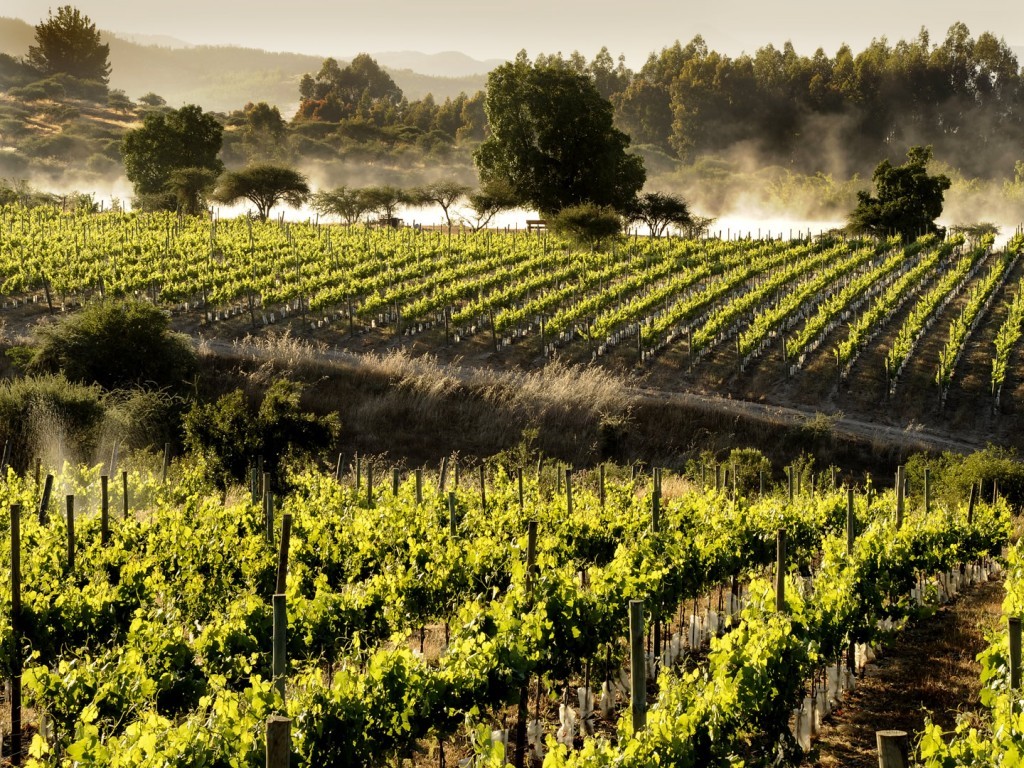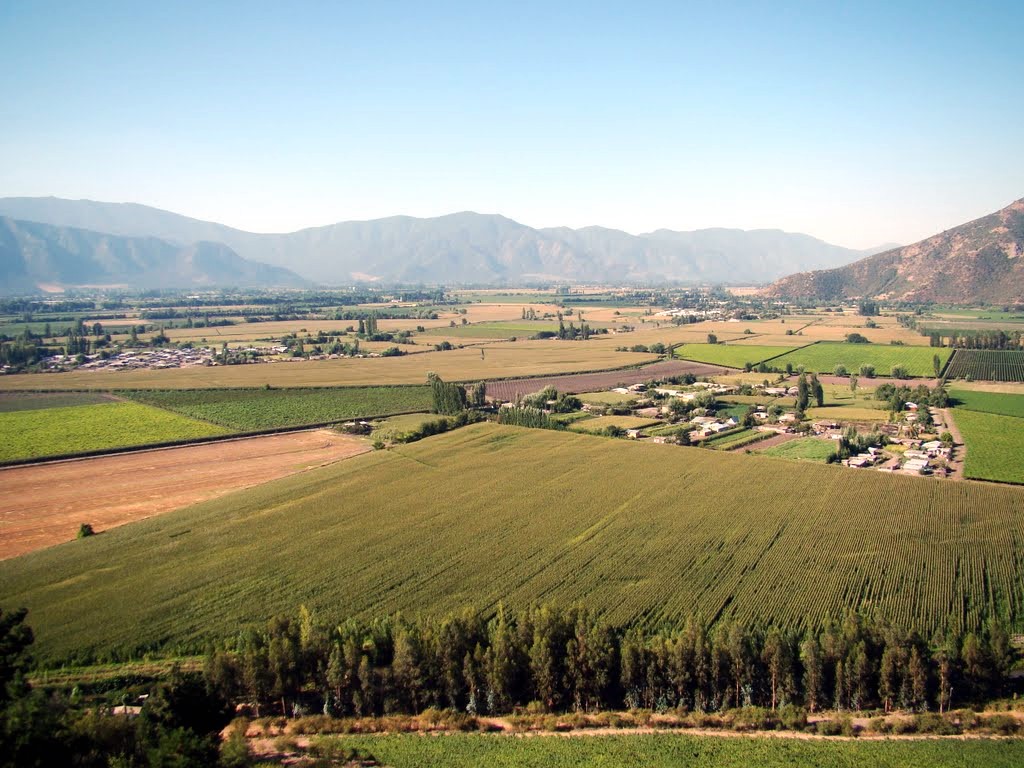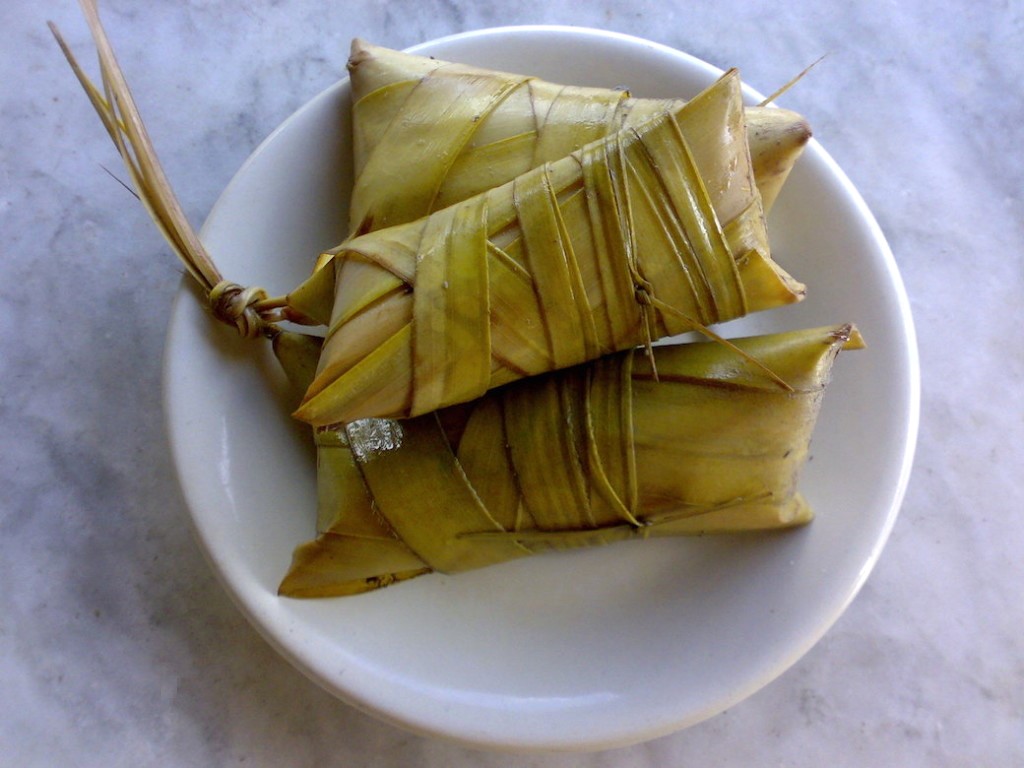As a guide to your travel to Argentina and Chile, I offer you a route of wine and authentic gastronomy, dotted with some cultural activities.
Argentina and Chile are internationally renowned wine producing countries. In Chile, the vineyards are located a few hours from Santiago. The Colchagua Valley is perhaps the best known in terms of wine quality and production density. In Argentina, the vineyards are mainly located in the provinces of Mendoza and San Juan. In the North of Patagonia, some wines have an excellent reputation and finally, in the North West of Argentina, near Cafayate, the Torrentes grape variety is succulent.
In Argentina and Chile, the food that accompanies these wines is a real treat. You’ll come back with a few extra pounds perhaps, because the dishes are often copious. Argentine and Chilean meat is the best in the world. But you can also savor many delicious fine fish. Here are some examples of culinary tours and wine tastings that I propose to you, knowing that many others are possible and in other regions than those presented below.
Andean vineyard tours

Wine tasting in Mendoza
I offer you the best of the best in terms of wine tasting and discovery of the cellars of the province of Mendoza. Argentina is the 4th largest wine producer in the world and is advancing by leaps and bounds. Near Mendoza there are nearly 1,200 cellars, the best known being Luiggi Bosca, Norton, Flishman… You’ll be on a private tour with a driver and a guide specialized in wine.
You’ll be able to appreciate the different varieties of grape varieties such as Malbec, Sirah… The most beautiful area in my opinion is the Uco Valley, to visit the Salentein winery, with the Cordillera de los Andes in the background and the Tupungato volcano. Also the La Azul winery, where the owner Shirley Hinojosa welcomes you. Tastings of course, with sumptuous meals to accompany these wines. To finish, visit the Andeluna Cellars winery and optionally the Altus de Tupungato winery, located at an altitude of 1,300 m where you’ll visit the vineyards and cellars. Unforgettable!
Gastronomy and Traditions of Chiloé
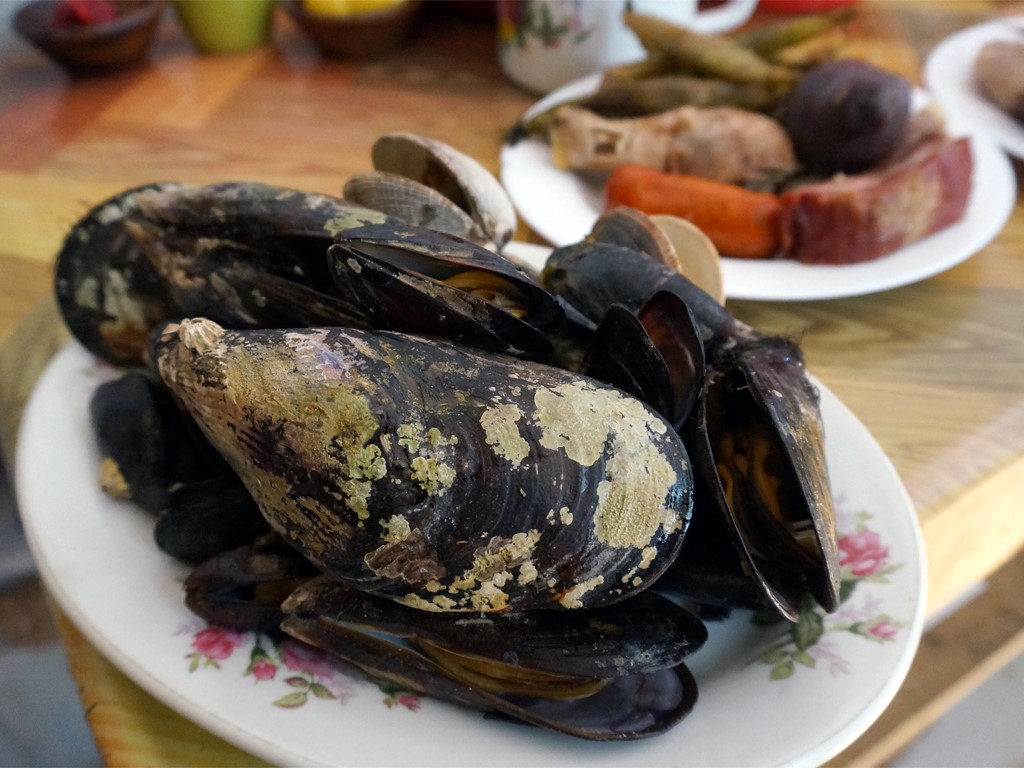
Typical dishes from Chiloé
The main activity of Chiloé Island today is the farming of shellfish and salmon that are transported throughout Chile and exported abroad, from the port of Quellón. Chiloé is also famous for its gastronomy inspired by the sea.
Curanto is a stew of seafood, meat and potatoes. Paila Marina, also called “sopa de mariscos”, is a soup of shellfish, mussels, sea snails and fish, cooked with onions, tomatoes, diced peppers and flavored with flat parsley and chives. A real delight. Scallops and crabs are also part of the usual dishes. And of course all the fish of the region, salmon, conger eel, whiting, sea bream…
The Art of Asado in Argentina
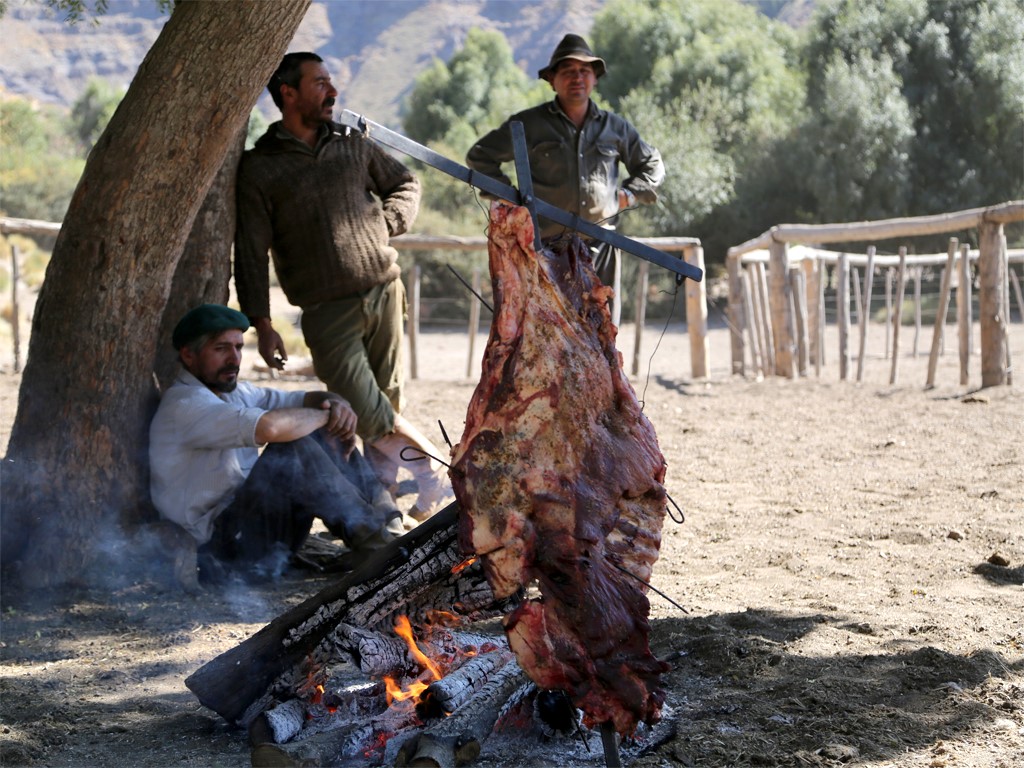
Sublimated Argentine meat
Argentina is the country where you can eat the best meat in the world. Words cannot explain the flavor of the different meats. My favorite piece by far is the Bife de Lomo, which is ultra tender. It’s part of the Argentine culture to get together on Sundays around a good Asado with friends or family.
I propose to share with you an asado, from its preparation to its consumption, and to see that it’s an art and that it’s much more difficult than it seems. The most common method to prepare an asado is the Grill “la Parrilla”, where the meat is cooked horizontally. However, it’s also traditional to make the Asado “A la Cruz” or “Al Asador”. This is an asado where the meats are arranged on the embers, vertically and supported by an iron tool in the shape of a cross.
The new great wines of Argentina
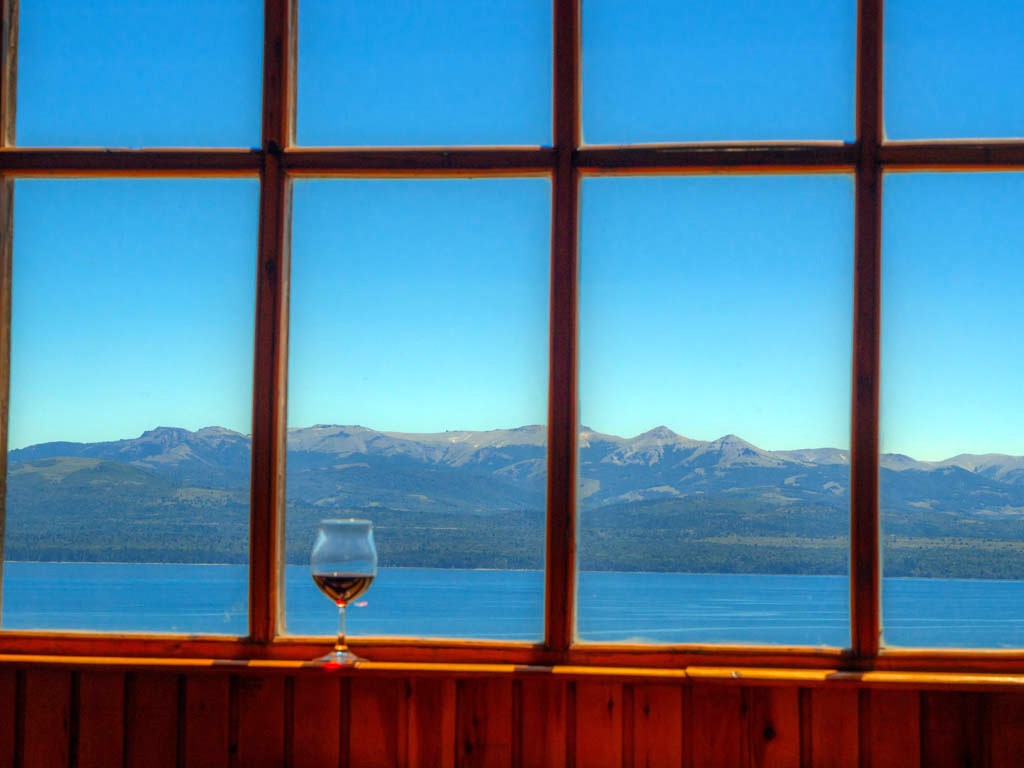
Patagonian wines
The wineries of the Neuquén region, in Patagonia, are among the newest in Argentina and also the most promising, since the best technologies are installed to produce quality wine from the outset. The most cultivated grape varieties are Merlot, Pinot Noir, Malbec, Cabernet Sauvignon, Chardonnay and Sauvignon Blanc.
At 39° South latitude, the climate is dry and windy, with low humidity. One of my favorite wineries is the “Bodega del Fin del mundo” which I recommend of course…!
Cafayate Wines
The real craze of Cafayate is found in the many wineries that surround it, which form a separate tourist circuit: the wine route. Many wineries are open to tourism, and receive visits for their installations and tastings. The “Torrontés” is, of course, the emblematic grape variety of Cafayate, and the wines of the region are recognized worldwide for the quality of the grapes that are grown there thanks to a very special soil and climate. The wineries of Cafayate also produce red wine. So it’s a question of going to see, taste, toast for Cafayate and the success of its wines. Of course I can organize a tailor-made day for you in these wineries!
New wines from the Argentine Northwest
The Calchaquies Valleys offer you, in addition to the landscapes, the colors and the mountain breeze, a clear sky, historic villages, vineyards, wineries and wines. The cultivation of the vine was introduced to Salta by the Jesuits in the 18th century in the region of the Calchaquies Valleys especially in “Cafayate”. It’s here that the Torrontés grape variety matures, a white wine characterized by its intense fruity aroma and flavor. It’s a variety brought from Spain three centuries ago, which has become unique thanks to the soil of Salta “salteño”, becoming the white grape par excellence of Argentina.
In addition to the Torrontés vines, red wine varieties occupy more than 55% of the cultivated area. Among these, the most important are: Cabernet Sauvignon, Malbec, Tannat, Bonarda, Syrah, Barbera and Tempranillo. Of the cultivated area, 95% corresponds to vines intended for the production of fine wines. The industry has undergone a strong growth and development in recent years, favoring the development of extraordinary wines, of recognized quality in markets and international competitions.
The particularity and quality of Salta wines is the result of the combination of the privileged conditions of the soil and technological innovation with the dedication and knowledge that the different producers have put into perfecting them. One of the most important factors of this region is the altitude where the vineyards are cultivated. The “Valles Calchaquíes” are located at approximately 1,600 m above sea level.
The great wines of Chile

The best Chilean wines
A 2-hour drive from Santiago, discover the wine riches of the Colchagua Valley, one of the main valleys producing quality wine in Chile. You’ll have the opportunity to visit one of the vineyards in the area in a pleasant and personalized setting with tasting of the best vintages. Thus you’ll be able to appreciate very closely the Chilean know-how and its conception of the production and marketing of its finest wines.
In the heart of the valley, you’ll know the small town of Santa Cruz that keeps its cultural and gastronomic traditions very much alive. You’ll be surprised by visiting the Colchagua Museum that highlights the history of Man in the universe, on Earth, on the American continent, in Chile and more precisely in the central and rural area, with its wealth and talents exposed as a true tribute to the peasants and owners who forged the nation of the “end of the world”.
Specialties from the Argentine Northwest
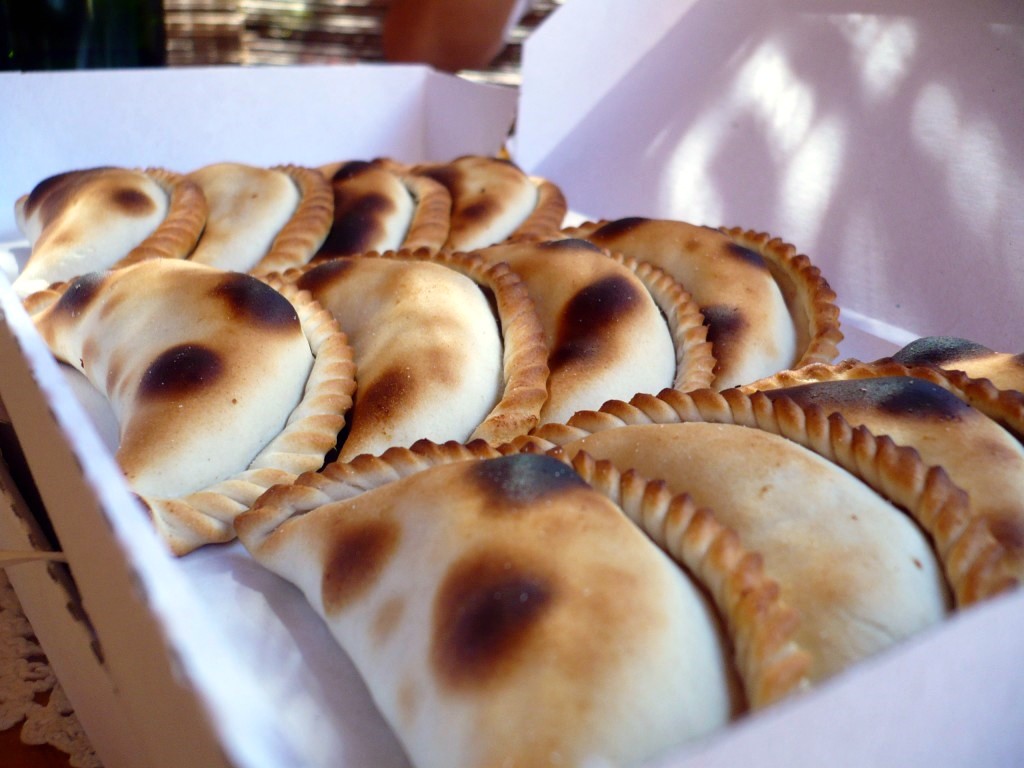
Salta’s cuisine
Salta‘s cuisine “la cocina salteña” is recognized nationally and internationally thanks to the exquisite dishes that compose it. Most of the recipes come from the time of colonialism, which explains the Spanish influence enriched with regional products such as corn, corn cobs, various potatoes grown in the mountains; as well as with meat from animals raised in natural pastures such as lamb, llamas, goats.
Northwest Argentina is home to the famous Empanadas (a type of pastry) baked in mud; las Humitas, a South American meal made with corn flour wrapped in spathe; and Locro, a corn stew with meat.
There are also typical desserts: homemade cakes, such as Pasta Real sweetened with chayote jam; Leche Planchada (cream made with milk and eggs) with caramelized sugar; Quesillos (a type of cheese) with molasses; homemade jams, such as Cuaresmillo (a type of peach that buds during Lent) and jellies such as grape. You can also taste artisanal pastries: Empanadillas de cayote (small turnovers with chayote jam), honey macaroons and the “Colaciones” snacks filled with “Dulce de leche” milk jam, among others.
 English
English Español
Español Français
Français

